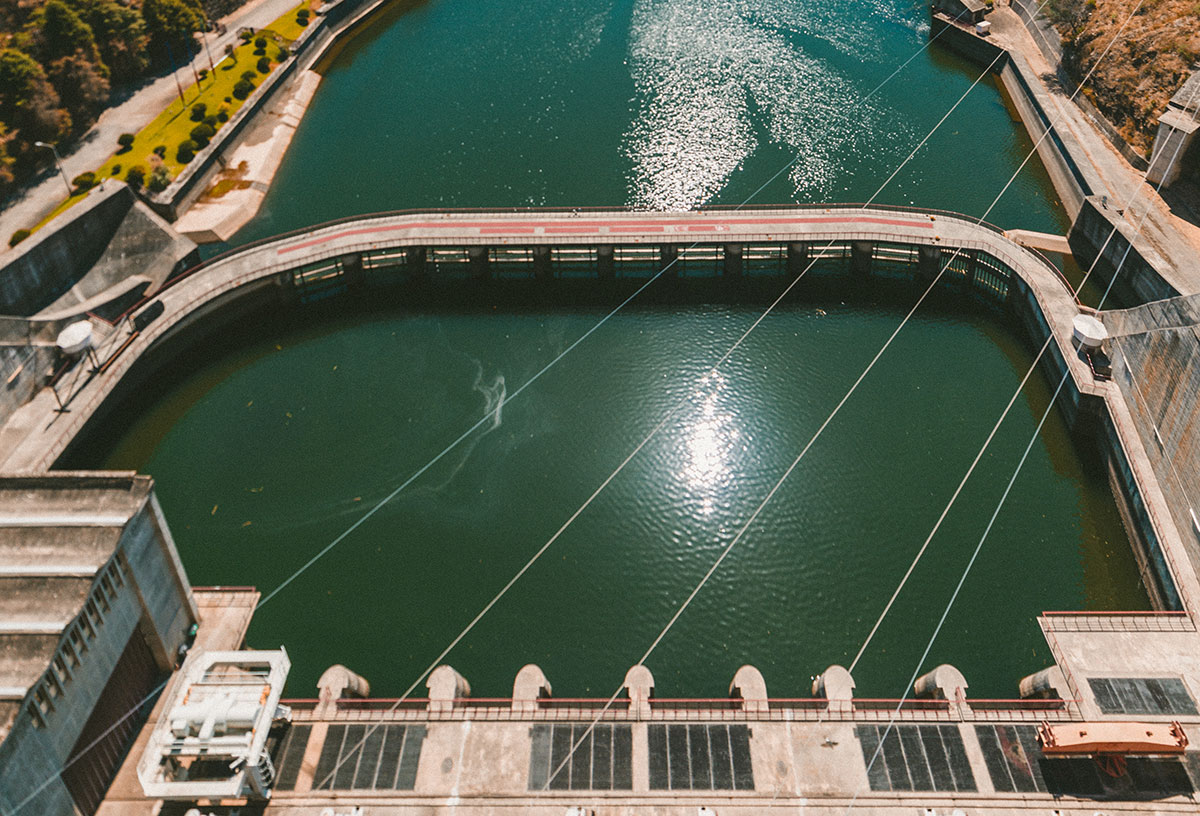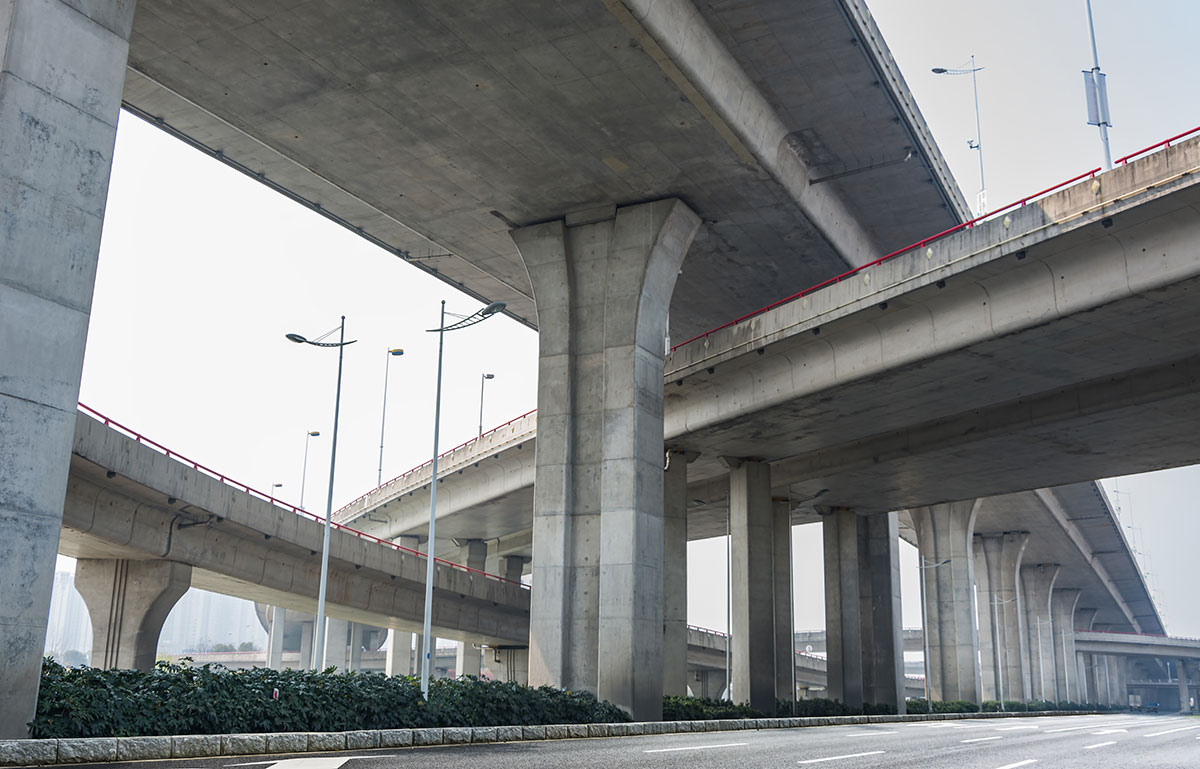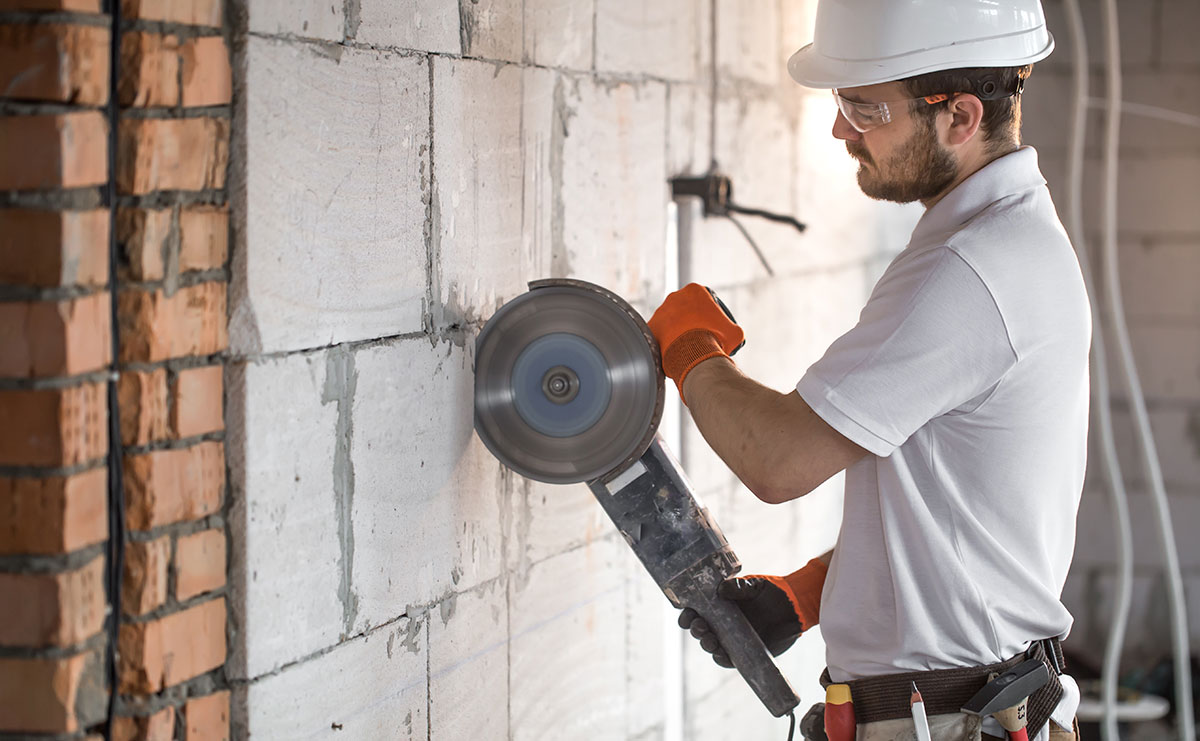Basilisk Self-Healing Concrete offers numerous advantages that significantly improve the performance and sustainability of concrete structures.
Here are the key benefits:
Waterproof Concrete
- Self-Sealing Cracks: Basilisk concrete seals cracks automatically, eliminating the need for additional waterproof coatings or membranes.
- Reduced Maintenance: By preventing water infiltration, it minimizes the need for frequent repairs.
- Extended Lifespan: Structures remain durable and effective for longer periods, reducing lifecycle costs.

Waterproof Concrete
- Self-Sealing Cracks: Basilisk concrete seals cracks automatically, eliminating the need for additional waterproof coatings or membranes.
- Reduced Maintenance: By preventing water infiltration, it minimizes the need for frequent repairs.
- Extended Lifespan: Structures remain durable and effective for longer periods, reducing lifecycle costs.

Reduces Need for
Reinforcement
by up to 40%
- Reduced Shrinkage Reinforcement: The self-healing properties of Basilisk concrete allow for a reduction in shrinkage reinforcement needs.
- Cost Efficiency: Less reinforcement translates to significant cost savings in construction and material usage.

Reduces Need for
Reinforcement
by up to 40%
- Reduced Shrinkage Reinforcement: The self-healing properties of Basilisk concrete allow for a reduction in shrinkage reinforcement needs.
- Cost Efficiency: Less reinforcement translates to significant cost savings in construction and material usage.

Reduces CO2 Footprint up to 50%
- Environmental Impact: By extending the lifespan of concrete structures and reducing the need for repairs, Basilisk concrete helps lower overall carbon emissions.
- Sustainable Construction: Fewer materials and less energy are required, contributing to a greener construction process.

Reduces CO2 Footprint up to 50%
- Environmental Impact: By extending the lifespan of concrete structures and reducing the need for repairs, Basilisk concrete helps lower overall carbon emissions.
- Sustainable Construction: Fewer materials and less energy are required, contributing to a greener construction process.

Lower Maintenance Costs
- Self-Healing Capability: The self-repairing nature of Basilisk concrete reduces the frequency and cost of maintenance for both new and existing structures.
- Longevity: Prolonged service life means fewer interventions and lower long-term costs.

Lower Maintenance Costs
- Self-Healing Capability: The self-repairing nature of Basilisk concrete reduces the frequency and cost of maintenance for both new and existing structures.
- Longevity: Prolonged service life means fewer interventions and lower long-term costs.

Additional Benefits and Applications
Less Steel, CO2, and Lower Costs
- Using Basilisk Self-Healing Concrete can lead to up to 40% savings in steel and reduce CO2 emissions, contributing to a more sustainable construction process.
- These savings also translate to reduced financial costs, making projects more economically viable.
Additional Benefits and Applications
Reinforcement & Crack Width Control
- Basilisk technology effectively controls crack widths, preventing leakage and ensuring the integrity of reinforced concrete structures.
- This leads to safer, more reliable constructions with fewer maintenance concerns.
Making Concrete
Repair Itself
- The self-healing agent allows concrete to automatically repair cracks, ensuring structural integrity without external intervention.
- This innovation significantly reduces the environmental footprint and maintenance costs of concrete structures.
Waterproof Concrete from the Plant
- Basilisk concrete can be applied directly from the plant, making it a convenient and efficient solution for water-exposed structures.
- It provides lasting protection against water damage, ensuring the longevity of infrastructure.
Reduction of Environmental Impact
- By minimizing the need for frequent repairs and lowering the overall material usage, Basilisk concrete contributes to a significant reduction in the environmental impact of construction activities.
- This makes it an ideal choice for sustainable construction projects.
